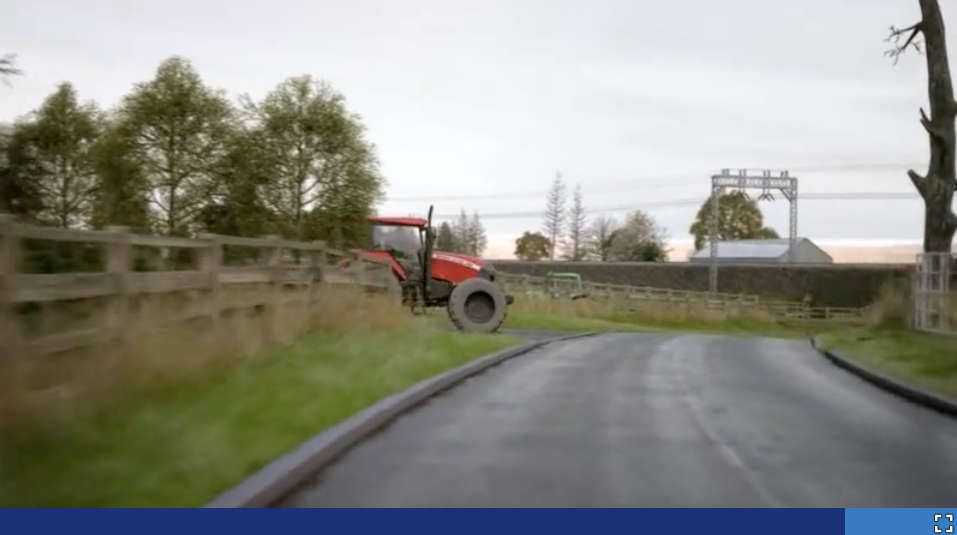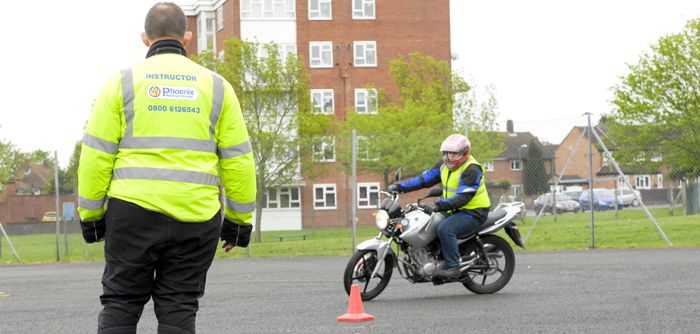


Tips and Tricks
When taking the test, you must ensure to read the questions carefully as there are a few on the test which could be trick questions, or worded in a way that will lead you to making the incorrect answer.
You have 57 minutes to complete the test, there is no rush and no time to be hasty, take your time to ensure you are clear with every answer you select.
The theory test is a test of common sense and in many cases, your memory. There are many practice tests available online including the .gov website. Use these tests to your advantage and keep repeating them until you can pass confidently every single time, it’s worth doing at least one test a day then three a day on the days leading up to the test.
There are many applications also available for your mobile phone that you can use to practice.
There are three basic types of traffic signs:
Signs that give orders – These signs are circular with a red border, for example the speed limit signs. You must obey these
Signs that warn – These are mostly triangular and will have a red border within it, these are warning you and up coming hazards such as sharp corners.
Signs that give information – Information signs are often rectangular with a blue background, however some may be green depending on the type of road you are driving on.
Make sure you learn the differences between these and how to differentiate, for example the ‘STOP’ sign is the only octagonal sign, it is a red sign with white lettering.
As previously mentioned, the theory test will disqualify your answer if you are deemed to be clicking too much, therefore try to click as little as possible whilst making sure you are not over clicking.
The three second rule is the best way to approach this, when you are looking out for hazards it may be tempting to just click whenever, you need to be careful about this.
When you truly feel that a hazard that would cause you to change your speed or direction is developing, click the mouse.
If this potential hazard continues to develop click the mouse again, then click slightly after this, this will ensure you have clicked within the time bracket expected of the test with your first click within the bracket counting towards your score, ruling out any clicks that may have been actioned too early.
It is important not to follow this up with any further clicks or you could have your points withdrawn, three clicks is often a good measure.
When you are undergoing the hazard test you are bound to be on high alert, sometimes this higher level of concentration could cause you to miss the hazard until it is too late. Therefore it is a good idea to be suspicious of every pedestrian and car that you see, paying extra attention to drivers who are exhibiting a different driving style to the other cars on the road.
This is often a good indicator that this is the ‘bogey’ car and is about to create a hazard to you as the driver, the same goes for pedestrians, keep a close eye on those walking down streets and behind vehicles as they are prone to step out onto the road unexpectedly.
After the first few videos it will become easier to determine the odd one out.






